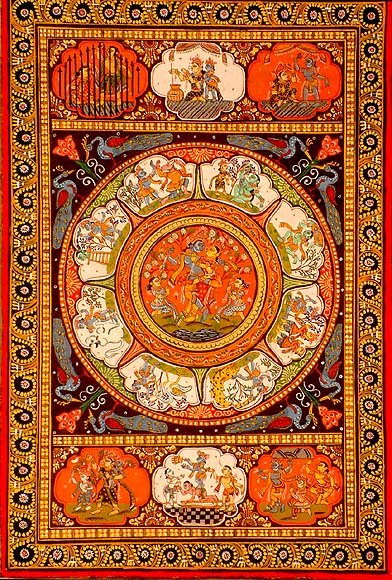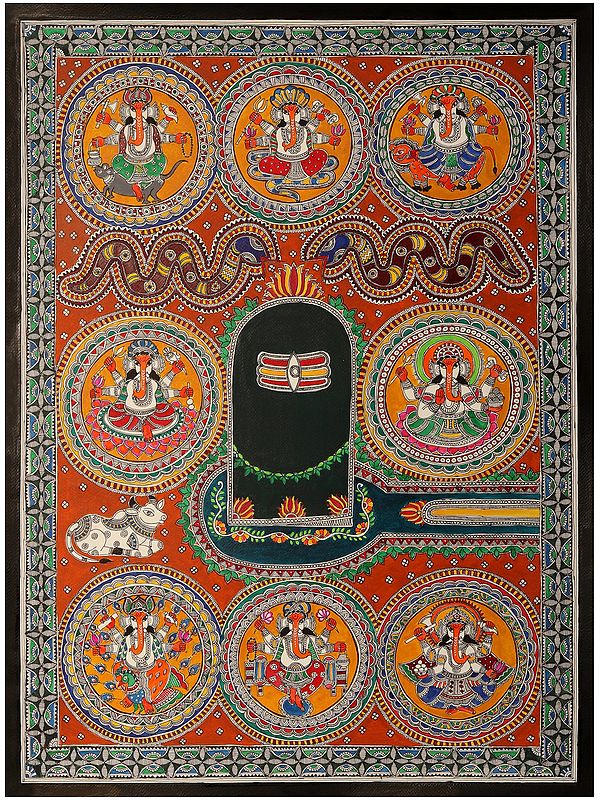The canvas of Indian art is woven with the threads of
vibrant folklore and age-old traditions, creating a tapestry that resonates
with cultural richness and diversity. Through painting, these stories and
customs come alive, offering us a visual journey into the heart of India's
colorful heritage.
1. Tales on Canvas: Indian painting, deeply intertwined
with folklore, serves as a medium to retell ancient stories and legends. From
the heroic exploits of gods and goddesses to the humble lives of common folk,
these paintings vividly portray the narratives that have been passed down
through generations.
2. Every Brushstroke, a Story: Each brushstroke on the
canvas holds a story waiting to be told. Whether it's the intricate details of
a Rajasthani miniature painting or the bold strokes of a Pattachitra artwork,
every element carries symbolism and narrative significance.
3. Cultural Continuity: Through painting, Indian
traditions find continuity. Festivals, rituals, and daily routines are captured
in these artworks, providing us a glimpse into the way of life of various
communities across the country. These paintings become visual diaries of
cultural practices, celebrating the unbroken chain of tradition.
4. The Divine and the Mundane: Indian painting seamlessly
blends the divine and the mundane. Gods, goddesses, and mythological figures
are depicted alongside scenes from everyday life. This fusion reflects the
belief that spirituality is an integral part of daily existence.
5. Regional Expressions: Folklore and traditions take on
distinct flavors in different regions of India. Each state and community
contributes its unique tales, customs, and art forms. From the Tanjore paintings of South India to the Pichwai art of Rajasthan, these regional
expressions paint a larger picture of India's diverse cultural landscape.
6. Visual Language of Identity: Painting is a visual
language that speaks of identity. It embodies the essence of a community's
values, beliefs, and history. The vibrant Warli paintings of Maharashtra or the
intricate Madhubani art of Bihar are not just artistic expressions; they are
cultural statements.
7. Passing the Torch: Through painting, folklore, and
traditions are passed on to future generations. Artists, often from the same
communities as the storytellers of old, continue to breathe life into these
narratives. This artistic lineage ensures that the tales endure and remain
relevant.
8. Celebration of Diversity: Indian painting celebrates
the diversity within unity. It embraces the countless stories that have shaped
India's social fabric, acknowledging the multitude of voices that contribute to
the country's cultural symphony.
In the colorful strokes of Indian folk painting, we find a
journey through time and space. It's a journey that unveils the interplay
between myth and reality, the sacred and the secular. These paintings are not
just artistic renderings; they are vessels that carry the essence of India's
rich folklore and traditions, inviting us to partake in the tapestry of its
heritage.







Comments
Post a Comment